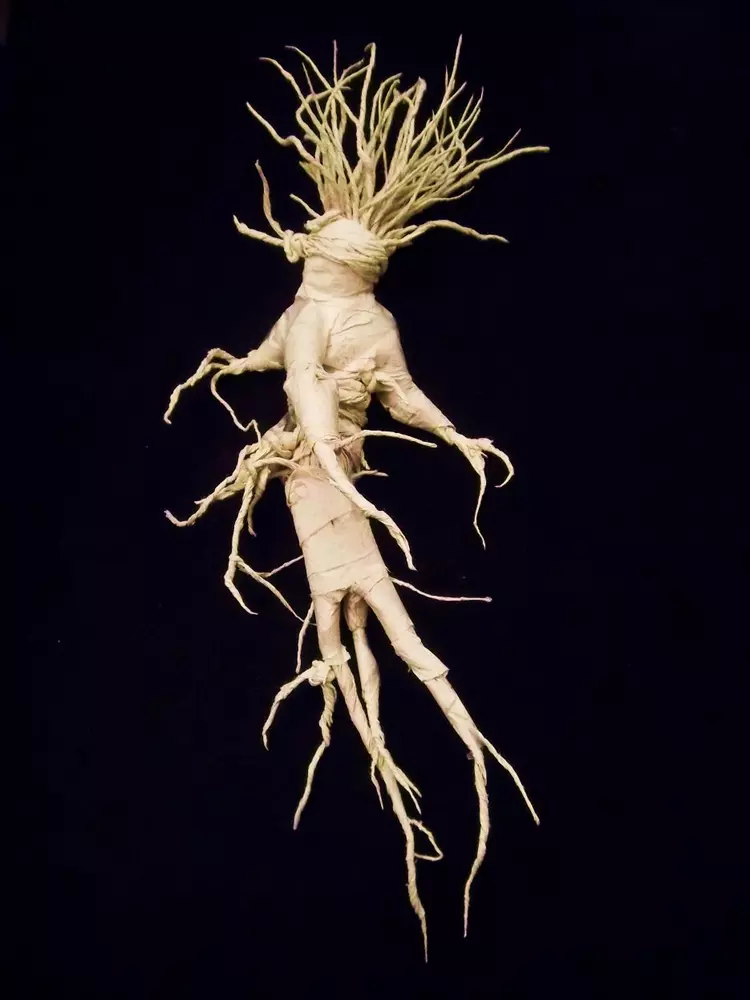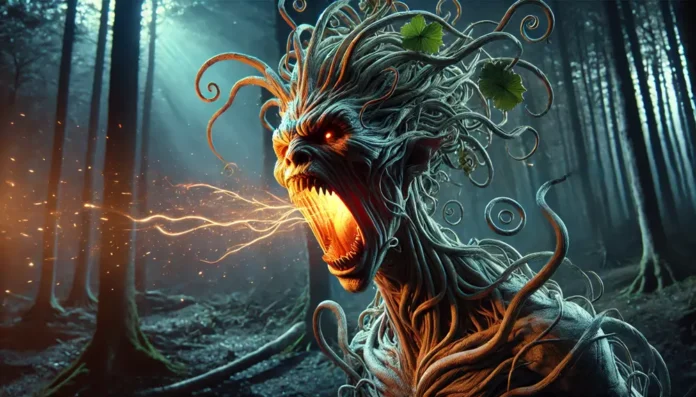Introduction
Duda’im, often referred to as mandrake, hold a unique place in ancient Hebrew lore. These mystical plants symbolize fertility and possess alleged magical properties. Their intriguing history intertwines with biblical narratives, cultural rituals, and modern interpretations, making them a fascinating subject of study.
History/Origin
The earliest reference to Duda’im occurs in Genesis 30:14-16, where Reuben discovers them during wheat harvest and brings them to his mother, Leah. This act sparks a pivotal exchange between Leah and Rachel, two wives vying for Jacob’s attention and divine blessing. The mandrakes become central to Rachel’s hopes for overcoming infertility.
Beyond the Bible, mandrakes appear in Mesopotamian and Egyptian texts, often tied to their psychoactive properties. Their reputation as fertility aids and love potions persisted into medieval European traditions, where they were seen as magical and dangerous.
According to the University of Iowa article, the mandrake’s significance in Genesis goes beyond its roots—it reflects ancient beliefs in plant-based remedies for infertility and highlights the rivalry between Leah and Rachel in securing their husband’s favor. The story demonstrates the cultural and spiritual weight carried by such natural symbols.
Name Meaning
The term “Duda’im” derives from the Hebrew word “דודאים,” which translates to “love plants.” This nomenclature reflects their association with love and fertility in ancient Hebrew culture. The Greek translation, “mandragoras,” and the Latin “mandragora,” both refer to the same plant, emphasizing its widespread recognition across different cultures and languages.
Appearance
Duda’im are characterized by their bifurcated roots, often resembling human figures—a feature that has fueled various myths and legends. The plant produces dark green leaves, purple or white flowers, and yellow or orange berries. The root’s anthropomorphic appearance has led to its depiction as a humanoid figure in various artistic representations.
Background Story
In the biblical narrative, Rachel, who remains childless while her sister Leah bears multiple children, seeks the mandrakes brought by Reuben. She believes that consuming them will aid her fertility. In exchange for the mandrakes, Rachel allows Leah to spend the night with Jacob, leading to Leah conceiving another son. This story underscores the deep-rooted belief in the mandrake’s fertility-enhancing properties.
“And Reuben went in the days of wheat harvest, and found mandrakes in the field, and brought them unto his mother Leah. Then Rachel said to Leah, ‘Give me, I pray thee, of thy son’s mandrakes.'” (Genesis 30:14)
Cultural Impact
The belief in Duda’im’s magical properties extended beyond fertility. In medieval Europe, mandrakes were considered powerful ingredients in potions and were thought to possess protective qualities. Their anthropomorphic roots led to associations with human-like spirits, and they were often used in rituals and as talismans.

“The mandrake’s cry, it was believed, could kill the unprepared, leading to elaborate rituals for its safe harvesting.”
Similar Beasts
While Duda’im are unique in their plant-based form, their attributed properties align with other mythical entities associated with fertility and protection. For instance, the Greek goddess Demeter, associated with agriculture and fertility, shares thematic similarities. Additionally, various cultures have spirits or deities linked to plants believed to possess protective or healing powers.
Religion/Ritual
The Duda’im played a central role in ancient fertility and love rituals, prominently highlighted in Genesis 30:14-16. In the biblical account, Rachel’s desperate plea to Leah for mandrakes underscores the plant’s cultural and spiritual significance. In a society where childbearing was seen as a divine blessing and critical to family legacy, mandrakes were believed to enhance fertility, making them highly sought after.
In ancient Hebrew traditions, mandrakes were not merely medicinal plants but sacred items used in rites to secure divine favor. The root’s anthropomorphic shape lent it an almost human spirit, aligning with the belief that its possession or consumption could channel supernatural powers. Women in biblical times might have used mandrakes as talismans or charms, carrying them in hope of conception.
In Mesopotamian cultures, the mandrake was tied to magical practices and healing rituals. Ancient texts describe the plant as a component in fertility rites and potions, often buried near couples seeking children. Similarly, in Egyptian lore, mandrakes appeared in amulets and medicinal recipes to treat infertility and protect against evil spirits.
During the medieval period, the mandrake’s reputation expanded, blending with European mystical traditions. The belief that it screamed when uprooted, potentially killing anyone nearby, led to elaborate rituals for harvesting the plant. These included tying animals, such as dogs, to pull the root from the earth, ensuring the human handler’s safety.
In Talmudic discourse, the Duda’im were debated for their effects on fertility and their symbolic connection to divine blessings. These references solidify their place as spiritual tools in ancient rituals, bridging human desires and divine intervention.
Scientific or Rational Explanations

From a modern scientific perspective, the mandrake belongs to the nightshade family (Solanaceae), which includes plants like tomatoes and belladonna. The Mandragora officinarum, commonly identified as the biblical Duda’im, contains potent alkaloids such as hyoscyamine, atropine, and scopolamine. These compounds have hallucinogenic, narcotic, and sedative properties, explaining many of the mystical effects attributed to the plant.
The belief in the mandrake’s ability to influence fertility might stem from its psychoactive properties. Small doses of mandrake could produce sedative effects, possibly reducing anxiety—a factor that might have been perceived as improving chances of conception. Its use as a “love plant” likely arose from these effects, combined with its symbolic appearance.
The mandrake’s root, often splitting into two or more sections, resembles the shape of a human figure. This anthropomorphic quality, a natural growth pattern, contributed to myths of the plant possessing life-like qualities. In ancient times, any plant with such a distinctive form was likely to be regarded as mystical or supernatural.
The myth of the mandrake’s scream when uprooted finds no basis in botany but reflects symbolic fears surrounding its potency. In folklore, this scream was interpreted as the plant’s spirit crying out, a concept that might have discouraged casual harvesting and elevated its value.
In medicine, mandrakes were historically used as an anesthetic and for treating ailments ranging from insomnia to muscular pain. While their toxicity makes them dangerous if misused, their properties gave rise to legitimate applications in early pharmacology. The blending of medicinal utility with cultural beliefs contributed to their enduring mystique.
Modern Cultural References
Harry Potter Series: Mandrakes are depicted as plants with human-like roots that scream when uprooted, echoing ancient myths.

Pan’s Labyrinth: The film features a mandrake root used in a ritual to heal a character, highlighting its association with magic and healing.
The Mandrake (Play): Niccolò Machiavelli’s play revolves around a potion made from mandrake root, emphasizing its connection to fertility and deception.
The Witcher Series: Mandrake roots appear as ingredients in potions, reflecting their traditional use in alchemy and magic.
Supernatural (Season 6, Episode 14 titled “Mannequin 3: The Reckoning.”) In this episode, Sam and Dean investigate a series of strange deaths linked to mannequins. They discover that a vengeful spirit is animating the mannequins, and mandrake root is used as part of a ritual to summon the spirit
Tears of Mandrake by Edguy: A 2001 song by the German power metal band, drawing inspiration from the mandrake’s mystical connotations.
Conclusion
Duda’im, with their rich history and cultural significance, continue to captivate the imagination. From ancient biblical narratives to modern pop culture, they symbolize the enduring human fascination with the mystical and the unknown. Their journey through time reflects the blending of myth, religion, and science, highlighting the complex ways in which humans seek to understand and influence the world around them.




